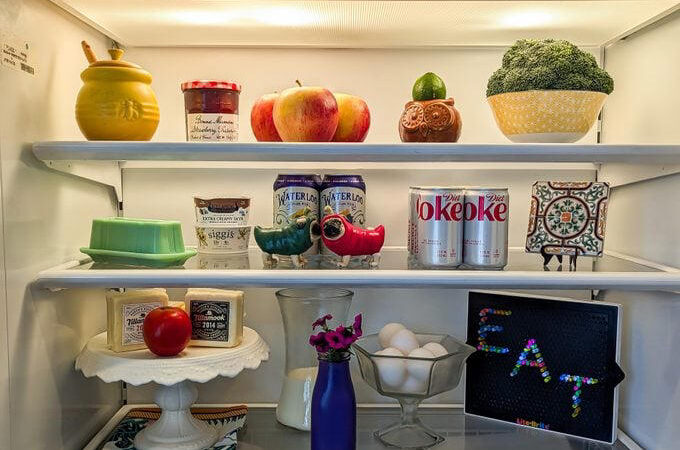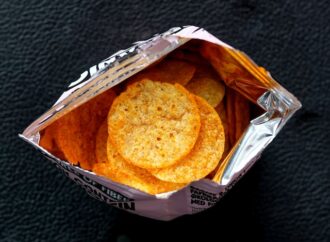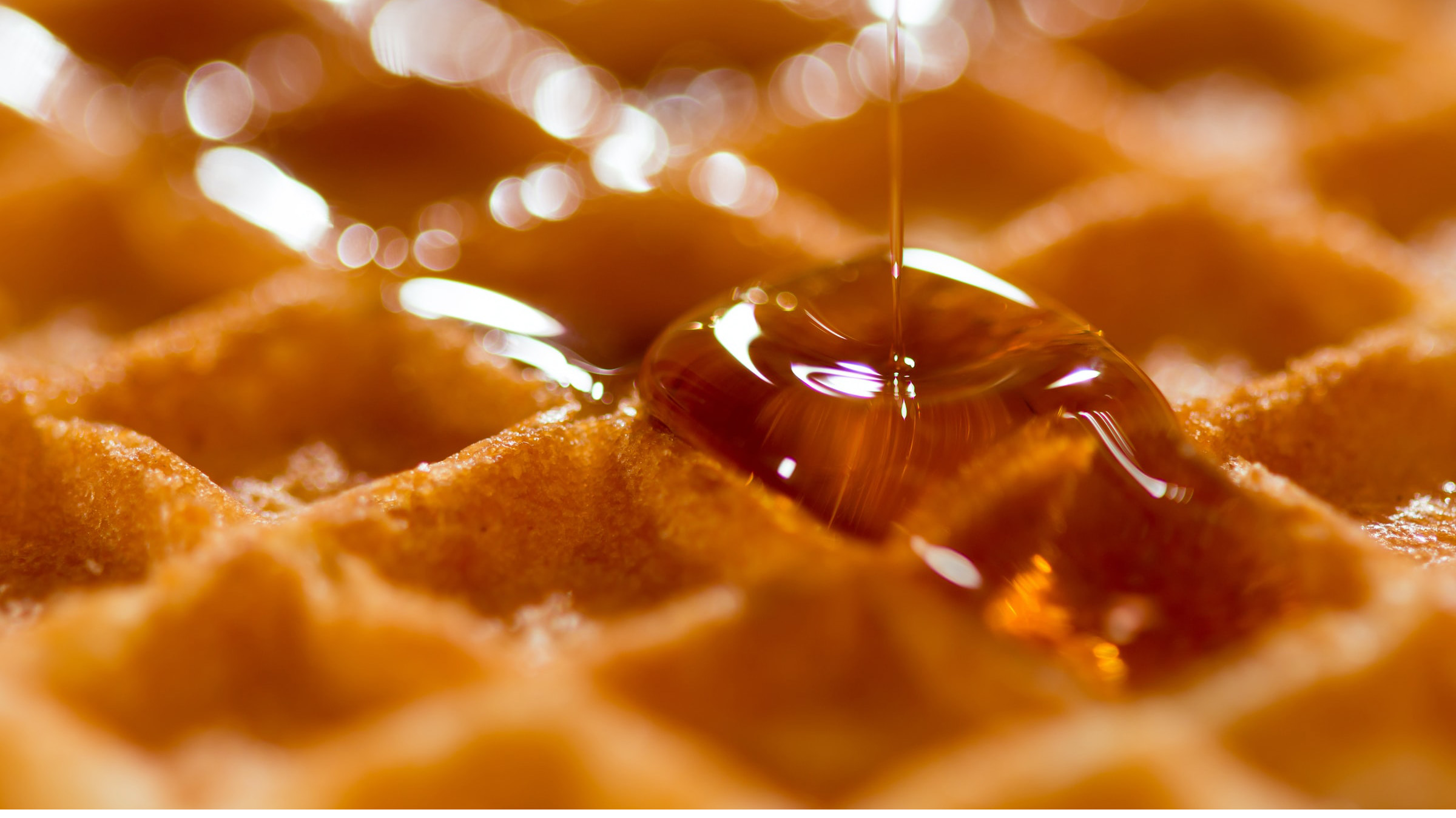At a Glance
The viral trend of ‘fridgescaping’—decorating the inside of refrigerators with plants, baskets, lights, and other aesthetic items—may look Instagram-worthy, but health experts warn it poses serious food safety risks.
Why Fridgescaping is Risky
“The inside of a refrigerator is no place for decorating,” said Dr. Marc Siegel, clinical professor at NYU Langone Medical Centre, New York. Refrigerators are designed to maintain airflow and safe temperatures for food storage. Adding non-food items can block vents, create uneven cooling, and increase humidity, conditions that allow bacteria and mould to thrive. Dr. Palleti Siva Karthik Reddy, consultant physician at Koshys Hospital, emphasised the biggest concern: cross-contamination. Decorative items like baskets, plants, and fabrics can harbour bacteria or mould that may contaminate perishable foods. Using open containers for aesthetic appeal further exposes food to harmful pathogens, accelerating spoilage. Focusing on aesthetics can also lead people to ignore basic hygiene practices, such as checking expiry dates or rotating food properly, which increases the risk of consuming spoiled or unsafe items.
How Decorations Affect Cooling
Refrigerators rely on proper airflow for temperature control. Placing unnecessary objects inside block vents causes uneven cooling and warm spots where bacteria can multiply. Additionally, decorative materials can absorb moisture, raising humidity levels and promoting the growth of mould and harmful microbes.
Safe Fridge Practices
Experts recommend these practical steps to maintain both organisation and safety:
-
Use Food-Safe Containers: Store items in airtight, food-grade containers, labelled with expiry dates, to prevent contamination.
-
Keep Non-Food Items Out: Avoid placing decorative objects inside the fridge. Use clear containers for a neat look.
-
Organise by Temperature Zones: Store meat and dairy in colder areas, and fruits and vegetables in crisper drawers. Keep vents unobstructed.
-
Clean Regularly: Wipe shelves and drawers with a mild disinfectant at least once a month.
-
Rotate Food: Follow the “first in, first out” rule to ensure older food is used first and reduce waste.
Bottom Line
A picture-perfect fridge isn’t worth the risk. Experts warn that fridgescaping can compromise food safety—prioritise hygiene over aesthetics to prevent illness.
Source: The Indian Express
 Food Manifest
Food Manifest 














